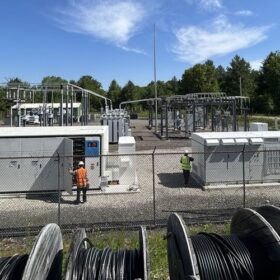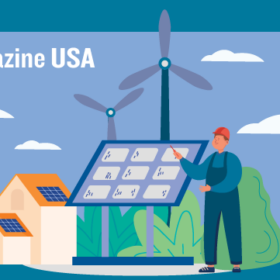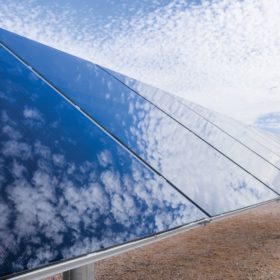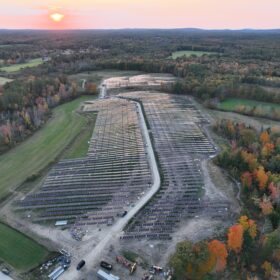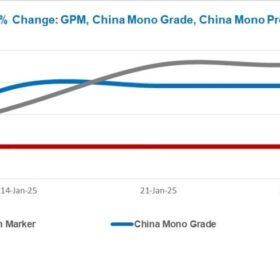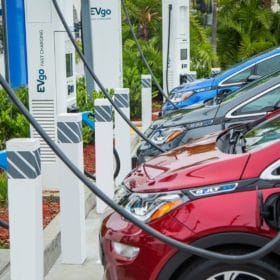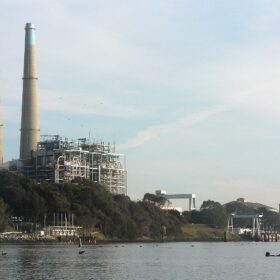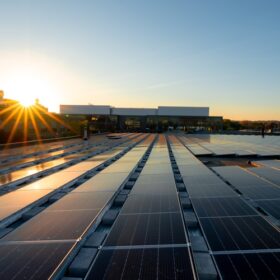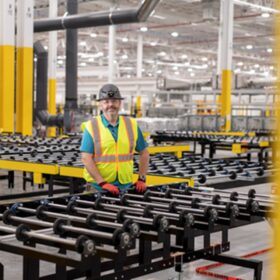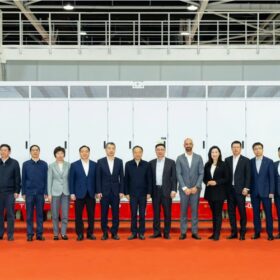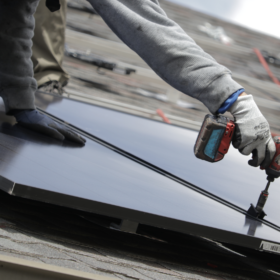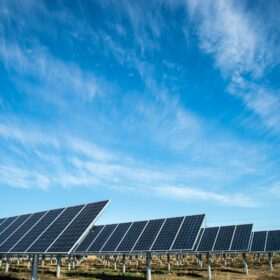Massachusetts utility-scale battery projects sell IRA tax credits for nearly $10 million
Four municipal utilities in Massachusetts, led by developer Lightshift Energy, are using Basis Climate to facilitate tax credit transfers for battery storage, with plans for up to 50 MW of capacity, ranging from 3 MW/9 MWh to 5 MW/22 MWh.
Mitrex launches solar PV railing systems
The Canadian building-integrated PV manufacturer has launched semi-transparent and opaque solar PV railing systems for balconies or walkways, for retrofit or new buildings. The products are delivered with support bars, concealed cabling and a choice of mounting systems.
Freyr Battery abandons plans for Georgia battery factory
Freyr was motivated to build the factory based on the strength of the U.S. renewable energy and electric vehicle industries, coupled with the tax incentives associated with the Inflation Reduction Act. It would have been a $2.6 billion investment, creating 720 jobs.
Sunrise brief: Maine community solar portfolio receives $118.2 million in financing
Also on the rise: Moss Landing fire leads to emergency regulations. Trump administration pulls the plug on funding electric vehicle charging networks. And more.
U.S.-made First Solar modules available through new partnership
Distributor Guided Path Solar offers First Solar modules made in Ohio facilities. The modules contain 100% domestic content and are expected to qualify for the Inflation Reduction Act’s domestic content bonus.
Maine community solar portfolio receives $118.2 million in financing
Forty-three small businesses will receive credits for the 22.7 MW dc generated from the projects.
The solar bowl: Which U.S. sports stadiums have the most solar panels?
As we enter Super Bowl weekend, pv magazine USA looks at how the National Football League and other major league sports adopt solar.
China polysilicon price rebound nears its limit
In a weekly update for pv magazine, OPIS, a Dow Jones company, provides a quick look at the main price trends in the global PV industry.
Trump administration pulls the plug on funding electric vehicle charging networks
Federal Transportation Department sent a letter to states saying it was suspending approval of spending plans for the National Electric Vehicle Infrastructure program.
Moss Landing fire leads to emergency regulations
Following the Moss Landing fire in Monterey County, local Californian counties are enacting regulation for battery energy storage systems (BESS).
